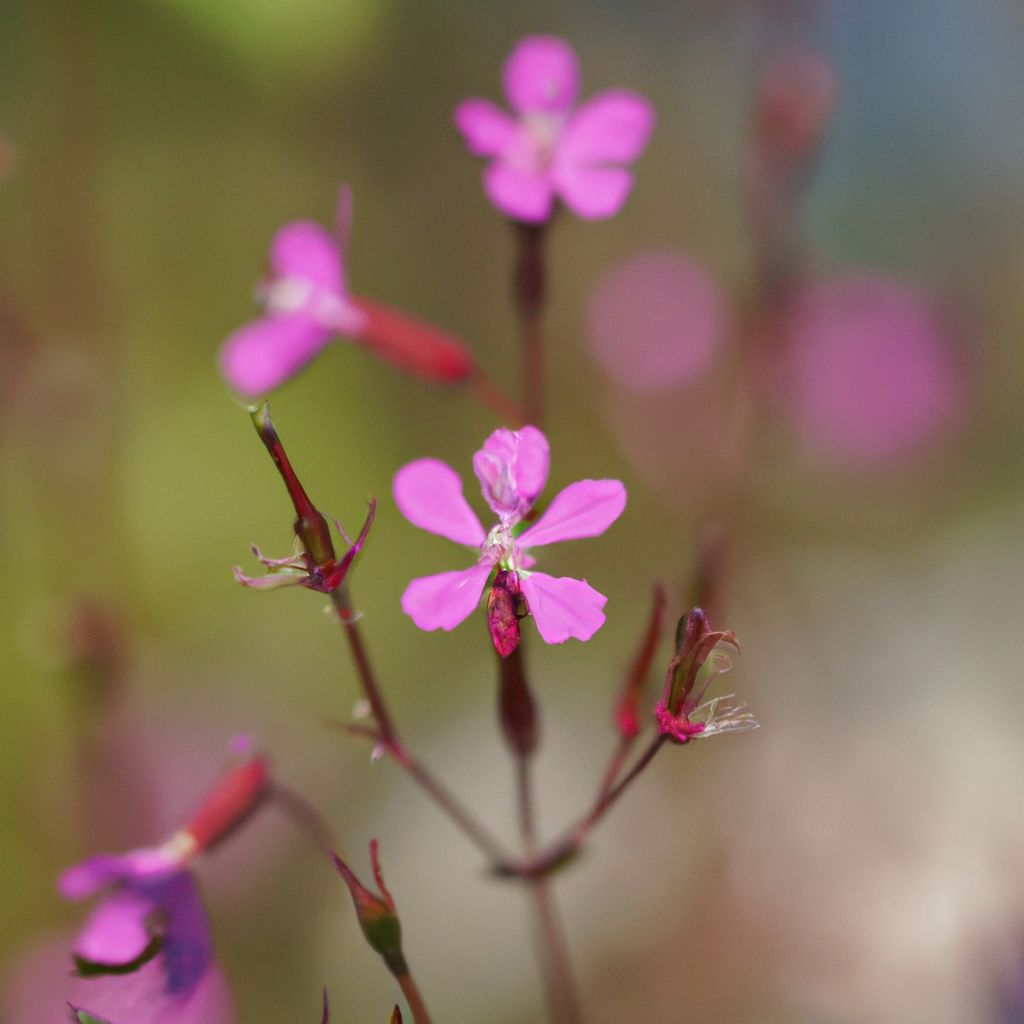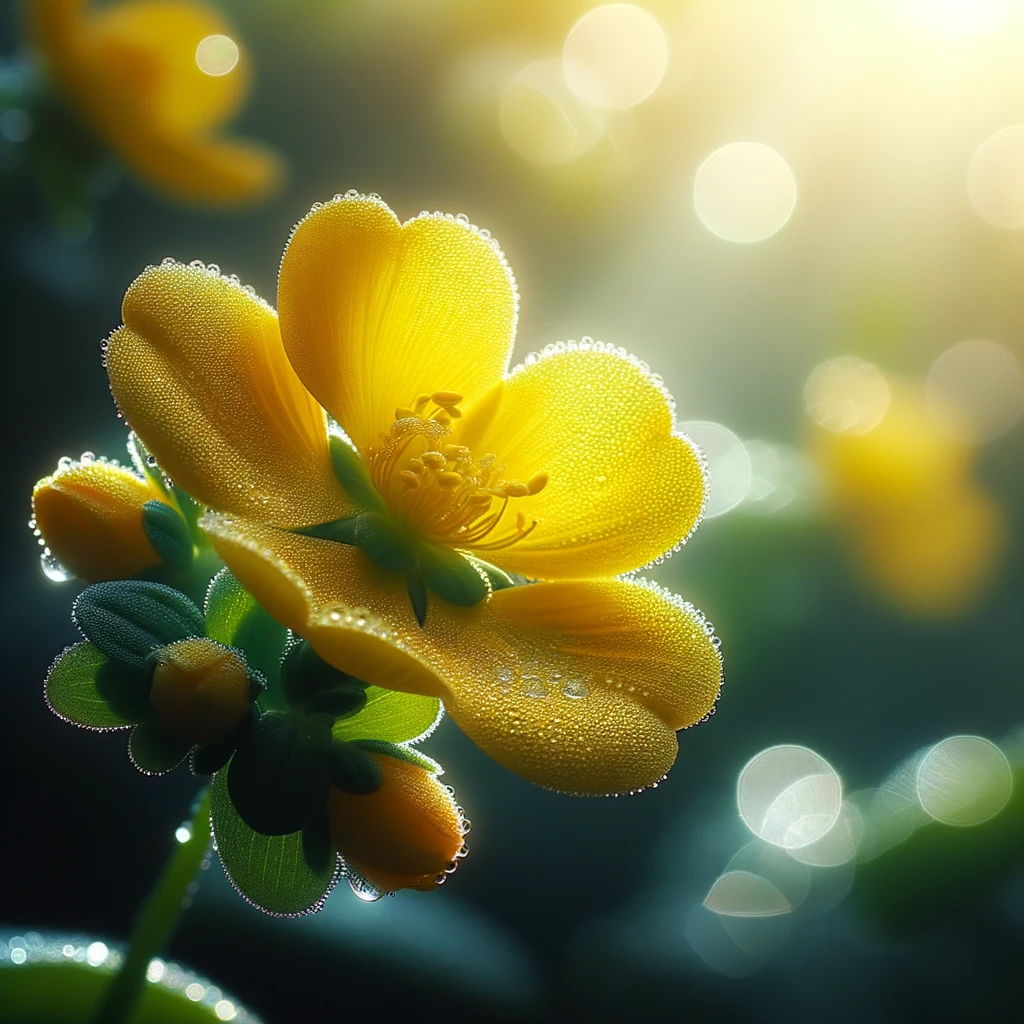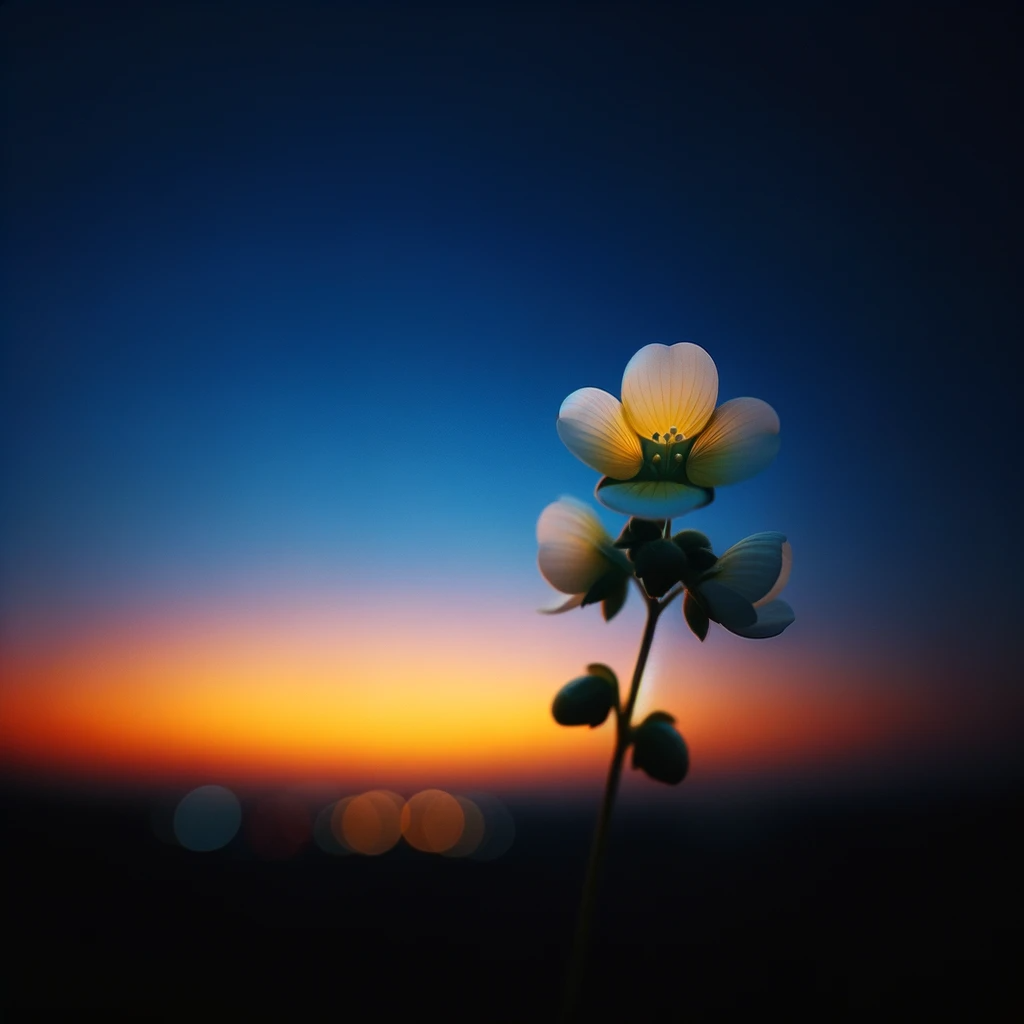The Indian Pink, a name that evokes images of vibrant hues and exotic landscapes, is more than just a pretty face in the world of botany. Native to the southeastern United States, this perennial beauty has been turning heads and capturing hearts for centuries. With its striking tubular flowers and deep green foliage, the Indian Pink is a testament to nature’s artistry.
Key Insights:
- Origin: Native to the southeastern United States.
- Family: Part of the Loganiaceae family.
- Appearance: Tubular flowers with a vibrant red exterior and a yellow interior.
- Habitat: Prefers well-drained soils and partial to full sun.
- Uses: Historically used for medicinal purposes and now a favorite in modern gardens.
Historical Significance of Indian Pink
The Indian Pink’s journey is as colorful as its petals. Rooted in the traditions of Native American tribes, this flower was not just admired for its beauty but also revered for its medicinal properties.
Native American tribes, especially the Creek and the Cherokee, have been known to use the roots of the Indian Pink as a remedy for various ailments. From treating digestive issues to warding off worms, the Indian Pink was a staple in the indigenous herbal medicine cabinet.
However, its significance doesn’t end there. The flower also played a role in various ceremonies and rituals. Its vibrant colors symbolized life and vitality, making it a popular celebration choice.
As settlers moved across the continent in the 18th and 19th centuries, the Indian Pink entered European gardens. Its unique appearance made it a favorite among botanists and garden enthusiasts alike.
Characteristics of Indian Pink
Physical Attributes
The Indian Pink is a visual delight. Standing at a height of 1-2 feet, this perennial plant boasts tubular flowers that are a sight to behold. The exterior of the flower is a deep red, while the inside reveals a bright yellow, creating a stunning contrast.
The flowers, which bloom in early summer, are a treat for the eyes and the local wildlife. Hummingbirds, in particular, are drawn to the Indian Pink, making it a fantastic addition to gardens aiming to attract these delightful creatures.
Growth and Cultivation
Growing the Indian Pink is a rewarding experience. This plant thrives in well-drained soils and prefers a partial to full-sun habitat. However, ensuring the soil remains moist is essential, especially during the initial growth phase.
Here are some quick cultivation tips for the Indian Pink:
- Soil: Opt for well-draining soil with a slightly acidic pH.
- Watering: Regular watering is crucial, especially in the absence of rainfall.
- Sunlight: While the plant can tolerate partial shade, it thrives best in full sun.
- Pests: The Indian Pink is relatively resistant to pests, but watching for common garden pests’s always a good idea.
Indian Pink in Modern Gardening
In today’s world, where urbanization is rapidly taking over, gardens have become sanctuaries of peace and beauty. And in these green havens, the Indian Pink stands out as a beacon of vibrancy and charm.
Benefits of Growing Indian Pink
The Indian Pink is not just about aesthetics. Here’s why modern gardeners are falling in love with this flower:
- Ecological Significance: The Indian Pink is a magnet for pollinators. Its tubular flowers are particularly attractive to hummingbirds, making it an ecological asset for gardens aiming to support local wildlife.
- Low Maintenance: Once established, the Indian Pink requires minimal care, making it perfect for novice gardeners and those with busy schedules.
- Medicinal Uses: Drawing from its historical significance, the Indian Pink’s roots are still used in some herbal remedies, especially in holistic medicine practices.
- Versatility: Whether you have a spacious garden or a small balcony, the Indian Pink can adapt, making it a versatile choice for urban and suburban settings.
Common Issues and Solutions
Like all plants, the Indian Pink has its set of challenges. Here are some common issues and their solutions:
- Issue: Yellowing of leaves.
- Solution: Ensure proper drainage. Waterlogged roots can cause the leaves to turn yellow.
- Issue: Lack of flowering.
- Solution: Ensure the plant gets adequate sunlight. A minimum of 6 hours of direct sunlight is recommended.
- Issue: Pests like aphids and whiteflies.
- Solution: Use organic insecticidal soap or neem oil to combat these pests.
FAQ Section
Q: How tall does the Indian Pink grow?
The Indian Pink typically grows to 1-2 feet.
Q: Is the Indian Pink suitable for container gardening?
Absolutely! The Indian Pink is versatile and can thrive in both gardens and containers.
Q: When does the Indian Pink bloom?
The Indian Pink blooms in early summer, usually from June to July.
Q: Are there any specific soil requirements for the Indian Pink?
The Indian Pink prefers well-draining soil with a slightly acidic pH.
Q: What is the common name for “Spigelia marilandica”?
The common name for “Spigelia marilandica” is Indian Pink.
Q: Where is “Spigelia marilandica” native to?
“Spigelia marilandica,” or Indian Pink, is native to the southeastern United States.
Q: What are the distinguishing features of “Spigelia marilandica”?
“Spigelia marilandica” boasts tubular flowers with a vibrant red exterior and a yellow interior. It typically grows to a height of 1-2 feet.
Q: How should “Spigelia marilandica” be cared for in a garden?
“Spigelia marilandica” thrives in well-drained soils with a slightly acidic pH. It prefers partial to full sun and requires regular watering, especially during dry periods.
Q: Are there any medicinal uses for “Spigelia marilandica”?
Historically, the roots of “Spigelia marilandica” were used by Native American tribes for medicinal purposes, including treating digestive issues.
Q: Is “Spigelia marilandica” attractive to wildlife?
Yes, the tubular flowers of “Spigelia marilandica” are particularly appealing to hummingbirds.
Q: When is the best time to plant “Spigelia marilandica”?
Early spring is an ideal time to plant “Spigelia marilandica”, allowing it to establish its roots before the hot summer months.
Q: Are any pests or diseases commonly associated with “Spigelia marilandica”?
While “Spigelia marilandica” is relatively resistant to pests, gardeners should watch out for common pests like aphids and whiteflies.
Q: How often should “Spigelia marilandica” be watered?
While “Spigelia marilandica” prefers moist soil, ensuring proper drainage is essential. Watering frequency will depend on the local climate, but the soil should not be allowed to dry out completely.
Q: Can “Spigelia marilandica” be grown in containers?
Yes, “Spigelia marilandica” is versatile and can be grown in garden beds and containers, making it suitable for various garden settings.
Conclusion
The Indian Pink, with its rich history and undeniable charm, is a gem in botany. Whether you’re a seasoned gardener or just starting, this flower promises to add a touch of magic to your green space. From its ecological significance to its low-maintenance nature, the Indian Pink is a testament to nature’s brilliance. So, the next time you want to add a splash of color to your garden, remember the enchanting world of Indian Pink.


